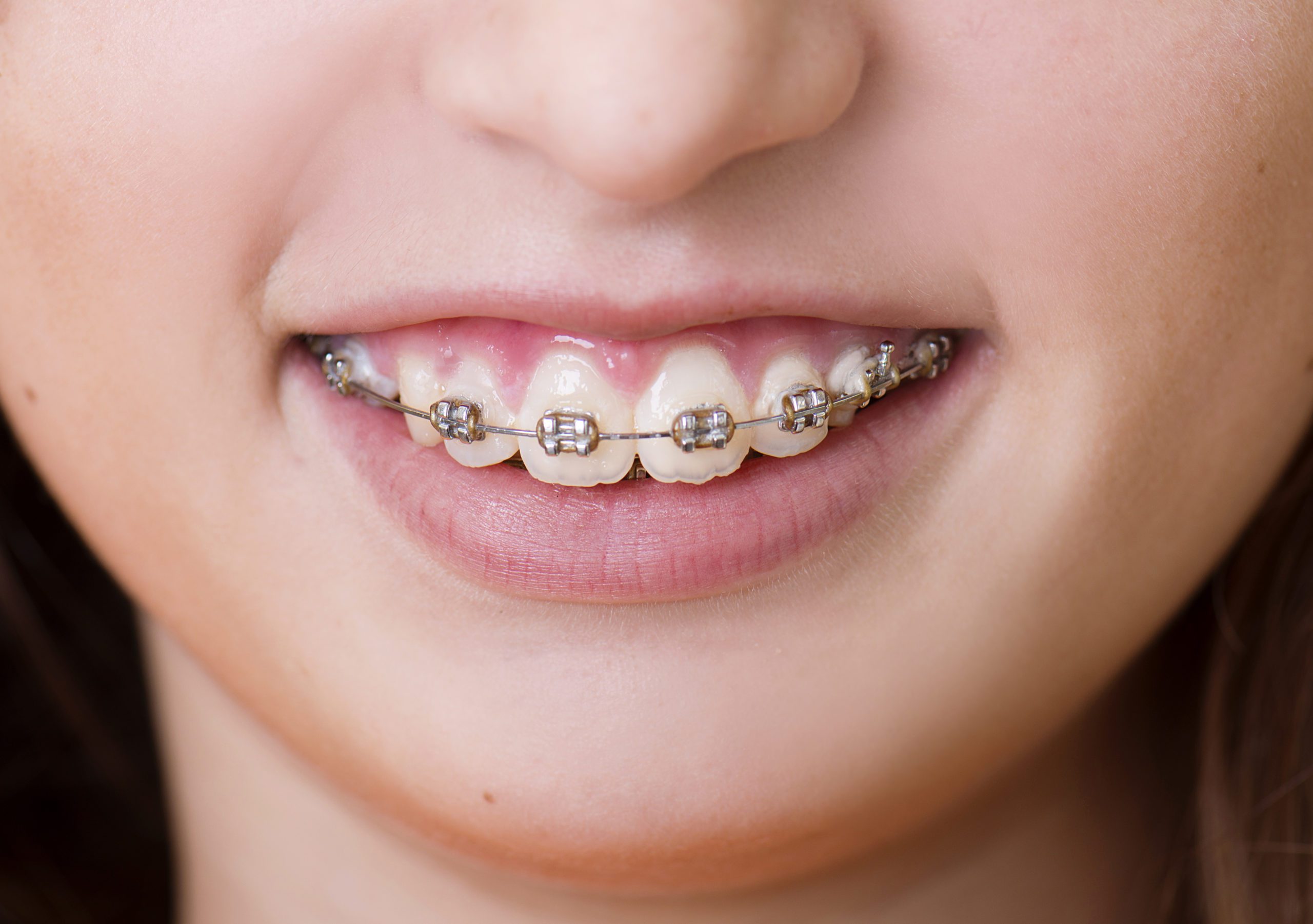The Evolution of Orthodontics and Braces
Posted on February 2, 2021

The American Orthodontic Association recommends seeing a professional when you notice signs of dental problems. Ideally, children should go for checkups as early as age seven. A dental professional can propose suitable braces after an evaluation. Aligners and braces have come a long way. They began as crude contraptions, but these dental appliances have evolved over the years to be more effective and less painful. In this article, we’ll look at the evolution of orthodontics and the history of braces.
Braces in Ancient Times
Archeologists have found evidence of the use of devices for straightening teeth in Ancient Egypt. The device was made of cat entrails acting as tension wires with metal pieces pulling teeth together.
In the west, the inquiry into straightening teeth goes back to Hippocrates and Aristotle. Etruscans may have used improvised dental appliances in 400BC to create gaps between teeth. Archeologists also found an Ancient Roman tomb with a brace-like device and instructions on how to use it.
Dentistry in the 18th century
We can trace the first reference to modern braces to the 1700s. In 1724, a French scientist, Pierre Fauchard, earned the title “father of modern dentistry.” His writings proposed an appliance that dentists could use to widen the upper palate. He called the device Blandeau.
Other scientists in the 18th century, like Louis Bourdet, studied Fauchard’s writings and suggested improvements for the Blandeau. Bourdet also developed other appliances for creating spaces between crowded teeth.
The 19th Century
It was in the early 19th century that scientists began to separate orthodontics from dentistry. In 1841, Pierre-Joachim Lefoulon was the first to devise the term ‘orthodontia.’ By the mid-19th century, dentistry employed wires and precious metals to make dental appliances.
Christopher Francois Delabarre was the first to develop a device that resembles modern low cost braces. It had plates placed on two teeth with wires to pull the teeth together.
20th-century Metal Wires
The biggest challenge in the 20th century was to find an adhesive that could attach to the tooth. Instead, dentists wrapped wires around each tooth to pull them in place. Unfortunately, those techniques proved to be painful and took a long time to treat.
The first significant breakthrough came with the use of stainless-steel plates. In the 70s, dentists used a stronger adhesive that bonded with teeth. These developments would pave the way for the introduction of modern adult braces.
Low cost Braces in the 21st Century
Towards the end of the 20th century, Stanford graduates would develop an appliance that uses plastic. The plastic was less conspicuous and favored by many who wanted a discrete option. These clear aligners are known as Invisalign and allow for gradual teeth straightening without wearing brackets and wires.
Today, you can find many options for low cost braces. They may use metal brackets or plastic retainers. There is also a wide range of dental appliances to address various oral complications. Orthodontics also utilizes 3D visualizations to make a precise mold of your dental structure.
Consult Your Orthodontists Today
If you notice symptoms of gum disease or other dental problems such as overbite, crossbite, or underbite, it is always wise to consult an orthodontist as soon as possible. Developments in science have made the process less painful and allowed for shorter recovery periods. Your orthodontist will do a thorough evaluation of your oral health and can propose low cost braces.


